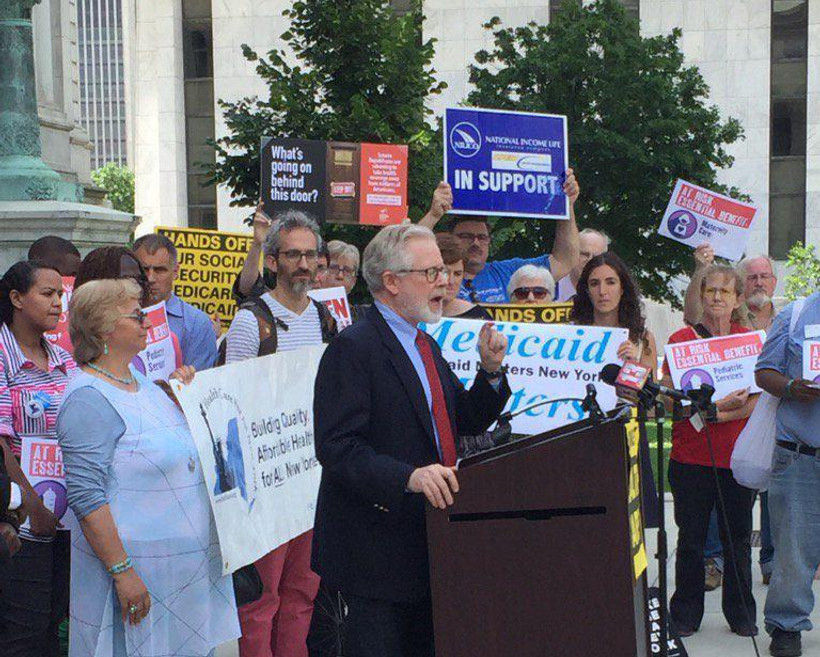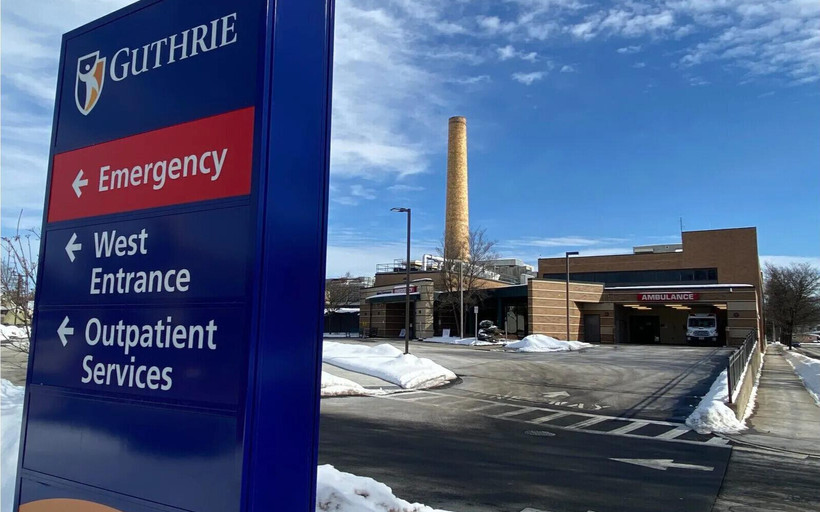Legislature Seeks to End “Arbitrary Limit” on Medicaid Spending
A 2011 rule prevents New York from adequately funding Medicaid, advocates say. This year’s budget could see it repealed.


Before Kathy Hochul paused it, the tolling program lost the little labor support it had when the Transport Workers Union withdrew its backing this spring.
More counties are turning to private corporations to run medical care in jails. The companies have deadly track records.
Rebecca Lamorte was let go by her employer in June, prompting the Assembly Speaker to place an upset call to her boss.
Medicare Advantage plans are spreading across upstate New York, despite a reputation for denying care. In Cortland County, retirees kept it at bay.
In rural school districts where doctors are hard to find, in-school telehealth services seemed like a good solution. Then New York state stopped funding them.
Hochul’s proposed Medicaid cuts include $125 million from Health Homes, a program that connects the neediest New Yorkers with medical care, food assistance, and more.
No state pursues workers for overpaid unemployment benefits as aggressively as New York. A proposed reform is colliding with New York’s own repayment problem.
A quarter of lawmakers in Albany are landlords. Almost none of them are covered by the most significant tenant protection law in years.
It’s the first step New York has taken to address its housing shortage in years — but tenant groups are fuming and real estate wants more.


